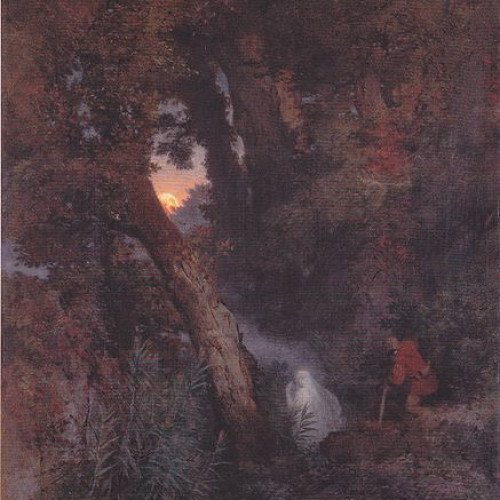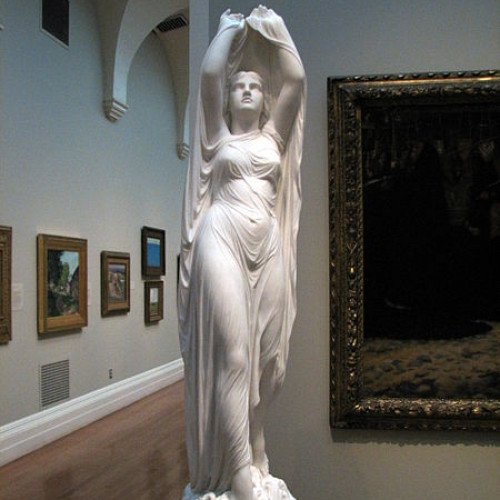Vote on Mythical creatures: Will-o'-the-wisp vs Elemental

Will-o'-the-wisp
In folklore, a will-o'-the-wisp, will-o'-wisp or ignis fatuus (Latin for 'giddy flame', plural ignes fatui), is an atmospheric ghost light seen by travelers at night, especially over bogs, swamps or marshes. The phenomenon is known in English folk belief, English folklore and much of European folklore by a variety of names, including jack-o'-lantern, friar's lantern, hinkypunk and hobby lantern and is said to mislead travelers by resembling a flickering lamp or lantern. In literature, will-o'-the-wisp metaphorically refers to a hope or goal that leads one on but is impossible to reach or something one finds sinister and confounding.Will-o'-the-wisp appears in folk tales and traditional legends of numerous countries and cultures; notable will-o'-the-wisp include St. Louis Light in Saskatchewan, The Spooklight in Southwestern Missouri, Marfa lights of Texas, the Naga fireballs on the Mekong in Thailand, the Paulding Light in Upper Peninsula of Michigan and the Hessdalen light in Norway. While urban legends, folklore and superstition typically attribute will-o'-the-wisps to ghosts, fairies or elemental spirits, modern science explains them as natural phenomena such as bioluminescence or chemiluminescence, caused by the oxidation of phosphine (PH3), diphosphane (P2H4) and methane (CH4) produced by organic decay.
Statistics for this Xoptio

Elemental
An elemental is a mythic being that is described in occult and alchemical works from around the time of the European Renaissance, and particularly elaborated in the 16th century works of Paracelsus. According to Paracelsus and his subsequent followers, there are four categories of elementals, which are gnomes, undines, sylphs, and salamanders. These correspond to the four Empedoclean elements of antiquity: earth, water, air, and fire, respectively. Terms employed for beings associated with alchemical elements vary by source and gloss.